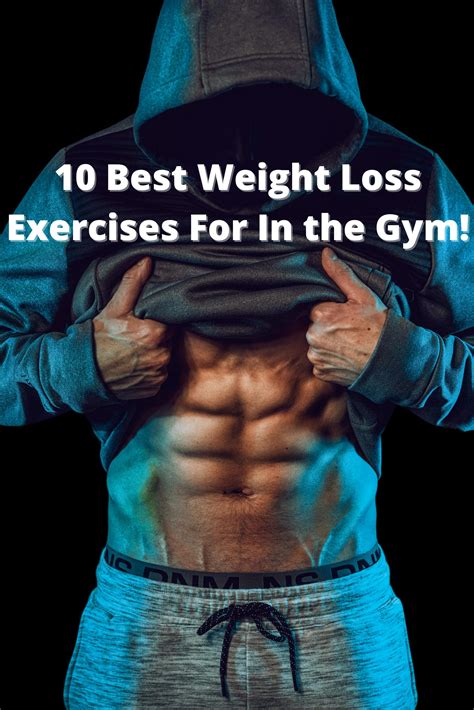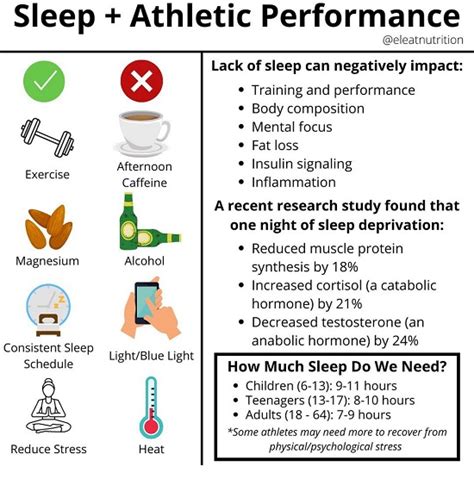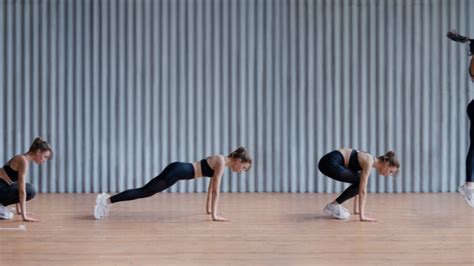Optimize HIIT for max fat loss & muscle retention in busy men?

For busy men, balancing a demanding career, family life, and personal well-being can feel like an impossible juggling act. Traditional long-form cardio or extensive weightlifting routines often fall by the wayside due to time constraints. This is where High-Intensity Interval Training (HIIT) emerges as a powerful, time-efficient solution for maximizing fat loss and retaining hard-earned muscle.
The HIIT Advantage for Time-Strapped Individuals
HIIT involves short bursts of intense anaerobic exercise followed by brief, often active, recovery periods. This training methodology is inherently efficient, allowing you to achieve significant physiological benefits in a fraction of the time compared to steady-state cardio. Its effectiveness stems from its ability to elevate your heart rate rapidly, creating a strong metabolic disturbance that continues to burn calories long after your workout concludes.

The Science Behind HIIT: Fat Loss & Muscle Preservation
HIIT’s impact on fat loss is primarily driven by Excess Post-exercise Oxygen Consumption (EPOC), often called the ‘afterburn effect.’ Your body uses more oxygen post-workout to return to its resting state, burning additional calories. Furthermore, HIIT has been shown to improve insulin sensitivity and boost levels of human growth hormone (HGH), both crucial for fat metabolism and muscle repair.
Unlike prolonged steady-state cardio, which can sometimes be catabolic (leading to muscle breakdown, especially in a caloric deficit), HIIT, particularly when incorporating resistance, can be muscle-sparing or even muscle-building. The intense, short-duration nature of HIIT signals to your body that muscle strength and power are necessary, helping to preserve lean mass while targeting fat stores.
Optimizing Your HIIT Protocol: Key Principles
1. Intensity is Non-Negotiable
The ‘high-intensity’ in HIIT is not a suggestion; it’s the core principle. During your work intervals, you should be pushing to 80-95% of your maximum effort. This isn’t comfortable, but it’s what triggers the physiological adaptations responsible for fat loss and muscle retention. If you can comfortably hold a conversation, you’re not working hard enough.
2. Strategic Work-to-Rest Ratios
Common ratios include 1:1 (e.g., 30 seconds work, 30 seconds rest) or 2:1 (e.g., 40 seconds work, 20 seconds rest). Beginners might start with 1:2 or even 1:3, gradually progressing as fitness improves. The key is to allow just enough recovery to perform the next work interval at maximal effort, but not so much that your heart rate drops too low.

3. Compound Movements for Maximum Impact
To engage more muscle groups and elevate your heart rate faster, prioritize compound exercises. Think burpees, jump squats, push-ups, mountain climbers, kettlebell swings, or clean & presses. These movements are incredibly efficient at burning calories and stimulating muscle growth simultaneously.
4. Progressive Overload (Even with HIIT)
While HIIT is about intensity, you can still apply progressive overload. This might mean increasing the duration of your work intervals, decreasing rest times, adding more rounds, using heavier weights (if applicable), or choosing more complex movements. Always strive to improve your performance slightly with each session.
The Non-Negotiable Role of Nutrition
No amount of HIIT can out-train a poor diet. For maximum fat loss and muscle retention, your nutrition must be dialed in. Aim for a moderate caloric deficit to encourage fat loss, ensuring adequate protein intake (1.6-2.2g per kg of body weight) to support muscle repair and satiety. Focus on whole, unprocessed foods, ample vegetables, and healthy fats. Hydration is also paramount.

Prioritizing Recovery: The Unsung Hero
HIIT places significant stress on your body. Without proper recovery, you risk overtraining, injury, and hindering your progress. Aim for 7-9 hours of quality sleep per night. Incorporate active recovery days (light walks, stretching, foam rolling) and ensure you have at least one full rest day per week from intense exercise. Your muscles grow and repair during rest, not during the workout itself.
Sample HIIT Structure for Busy Men (2-3 times per week)
- Warm-up (5 minutes): Light cardio, dynamic stretches (arm circles, leg swings).
- Work Intervals (15-20 minutes): Choose 4-6 exercises. Perform each for 30-45 seconds at max effort, followed by 15-30 seconds of rest. Complete 3-5 rounds, resting 1-2 minutes between rounds.
- Example Exercises: Burpees, Kettlebell Swings, Jump Squats, Push-ups, Mountain Climbers.
- Cool-down (5 minutes): Static stretches, focus on major muscle groups.

Common Mistakes to Avoid
- Too Frequent: HIIT is intense; 2-4 sessions per week are usually sufficient. More can lead to overtraining.
- Poor Form: Intensity is crucial, but never at the expense of proper form. This leads to injury.
- Inadequate Warm-up/Cool-down: Skipping these increases injury risk and hinders recovery.
- Not Intense Enough: As mentioned, if it’s not hard, it’s not HIIT.
Conclusion: Make Every Minute Count
Optimizing HIIT for fat loss and muscle retention in busy men boils down to smart programming, unwavering intensity, meticulous nutrition, and disciplined recovery. By focusing on these pillars, you can transform your physique and fitness levels without sacrificing valuable time. Embrace the challenge, listen to your body, and witness the profound results of making every minute of your workout count.









